
The human body’s physical and cognitive abilities are, in general, very limited. But psychologists believe that by shrinking or extending them, it is our brain that controls those limits. People who surmount such limitations are living proof that all limitations are nothing but an illusion. Check out these 8 Unbelievable People Who Proved That Nothing Is Impossible
1. Josh Sundquist had trained to become a Paralympian after he loses his leg.

At age 10, Josh lost his leg because of a rare form of bone cancer. When he was 13, the cancer was cured, and 3 years later he began ski training. He became a member of the US Paralympic ski team after 6 years of training. He is now a well-known motivational speaker, bestseller author, and Halloween enthusiast.
2. George Dantzig solved a math problem by accident.
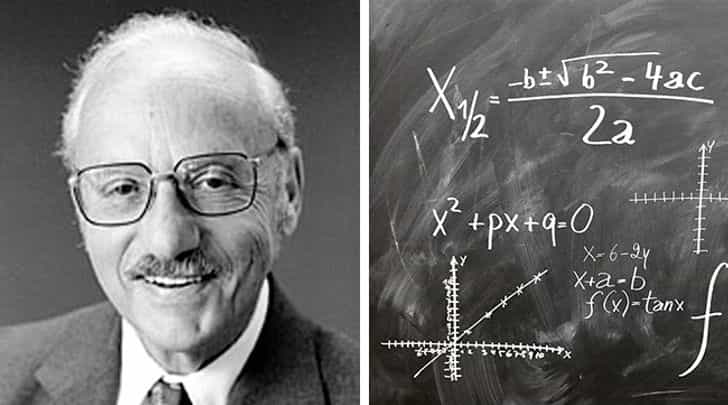
When George Dantzig was a University of California doctoral candidate he arrived late for his statistics class. He found two blackboard-written statistical theorems and mistook them for a homework assignment. He worked out proofs for them without knowing that they were regarded as “unsolvable.” Both theorems later became part of his thesis.
3. Just After a brain injury Jason Padgett became a math genius.
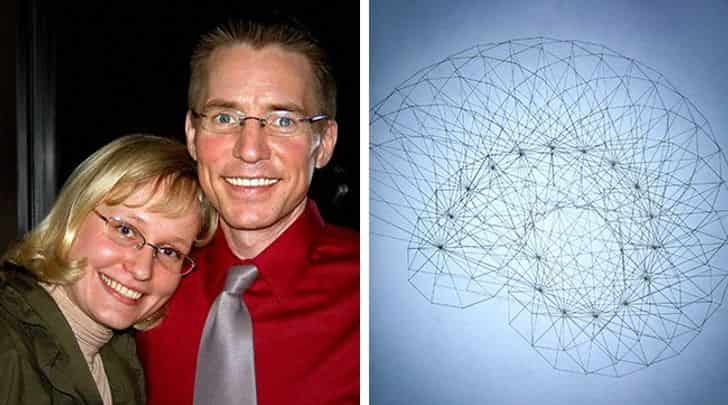
He not only received a severe concussion after Jason Padgett was savagely attacked outside a bar, but he started to see the world through the lens of geometry. He was a furniture salesman before the injury; after the accident, he acquired the ability to imagine complex mathematical phenomena and principles in physics.
Jason is an example, according to scientists, of unusual acquired savant syndrome, due to which normal people develop extraordinary abilities after a serious illness or injury.
4. The first man to climb Everest without additional oxygen was Reinhold Messner.
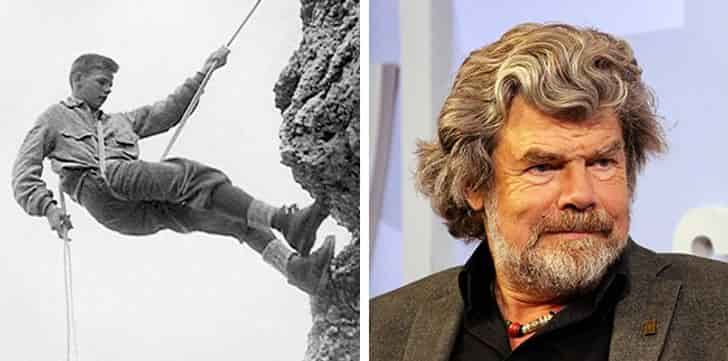
Reinhold Messner holds various records. He was the first man to climb over 8,000 m across the mountains without bottled oxygen. His 1978 climb of Everest without extra oxygen was considered impossible by doctors and specialists but nevertheless he did so. Once he was 5, he achieved his first summit and was also the first male to climb Everest solo.
The danger of climbing at high altitudes with no extra supply of oxygen is that the body is compelled to work overtime. As a result, it produces more red blood cells, blood flows more slowly and blood vessels are prone to tightening.
5. Jure Robic is a five-time winner of a 3,000-mile cycling race.
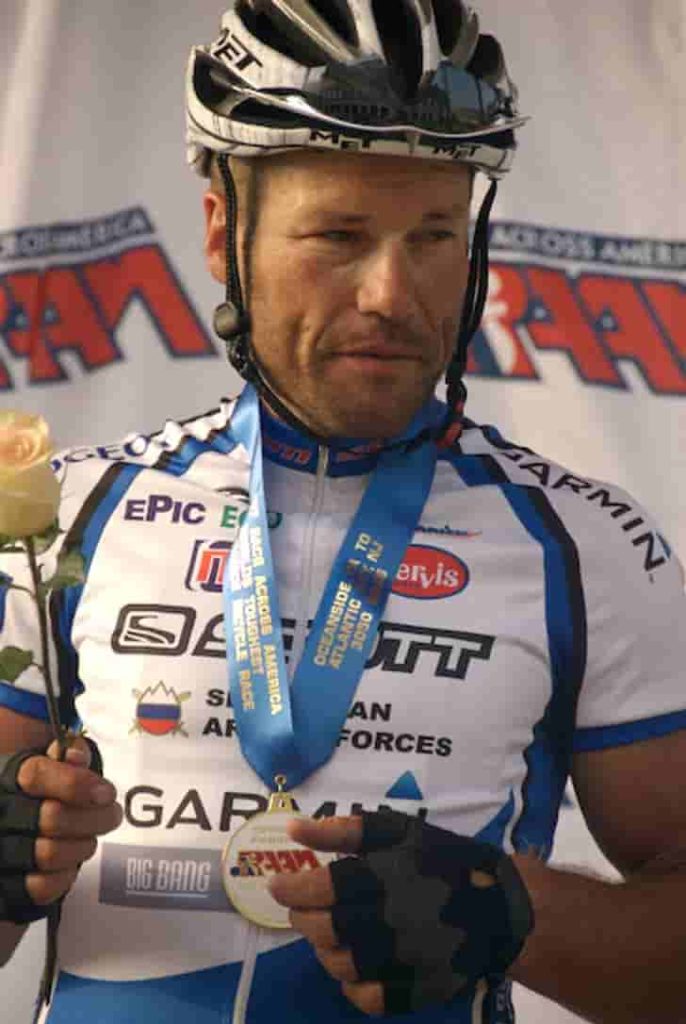
This Slovenian cyclist holds a nonstop cycling record of 834.77 km (518.70 mi) and was known for his incredible stamina (sleeping during week-long races for just one hour a night). The secret for this ultra-endurance, according to scientists, is that Jure ignored messages about fatigue from his own brain and only listened to his crew, who decided when he rested, when he ate, and how quickly he had to go.
6. Herbert Nitsch dived to 253 m depth.
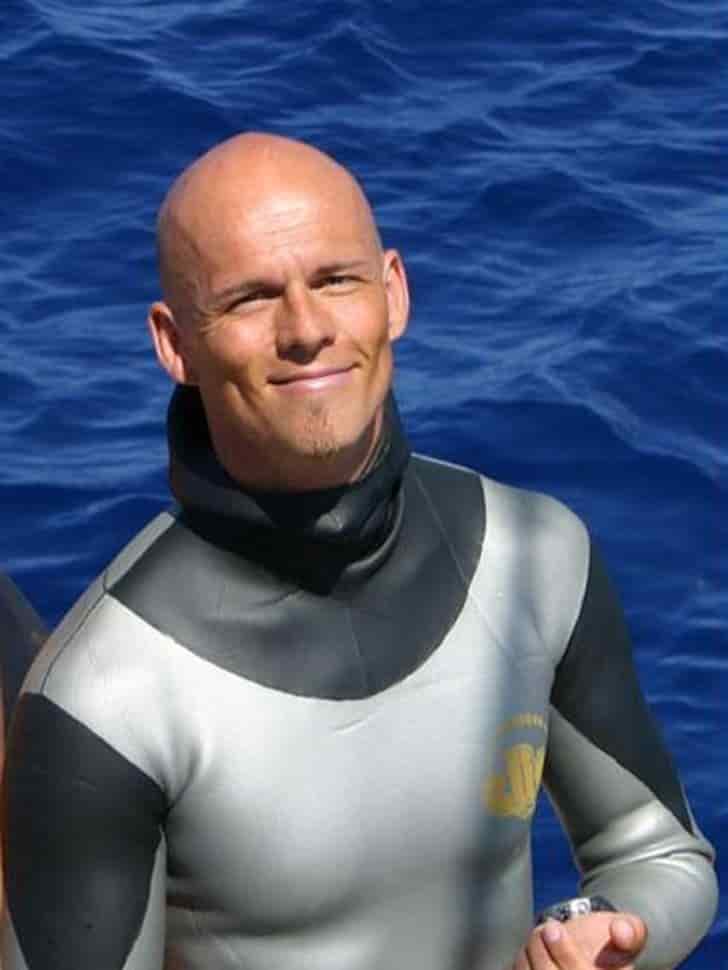
In freediving disciplines, Austrian diver Herbert Nitsch has set an impressive 33 world records. His dive to 253.2 m was the most stunning one. He temporarily fell asleep during this dive due to narcosis of nitrogen and missed the planned stop for decompression. He suffered severe decompression sickness as a result. Several years later, Herbert is training again against all odds and deep-freediving.
7. Chul Soon went from 56 kg (125 lb) to “Asian Arnold.”

Chul Soon recalls that he only weighed 56 kg (125 lb) when he was 20 and was frequently regarded with disdain as a skinny teenager. He agreed to improve twelve years ago and began to exercise by doing 3,000 sit-ups a day. He became the most famous Korean bodybuilder, with a careful diet and extensive training.
8. Randy Gardner went sleepless for 11 days.
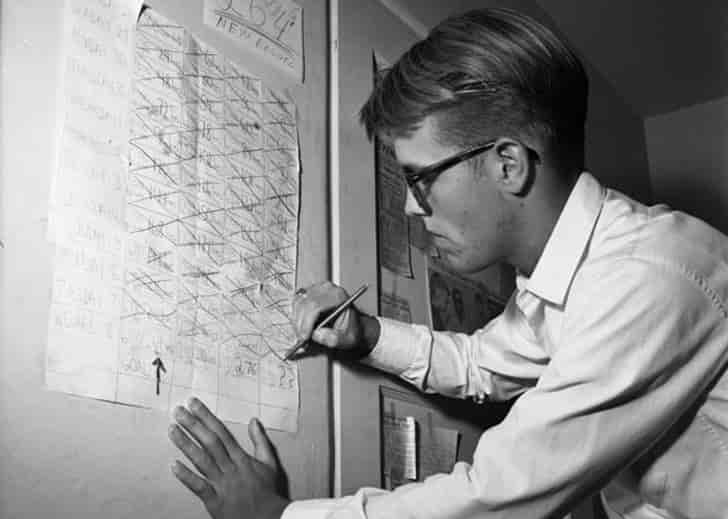
In 1964, Randy Gardner, 17, remained awake for a science fair project for 11 days and 25 minutes. His cognitive, sensory, and physical capacities were monitored during this time. Gardner also appeared in a news conference on the final day of the trial, speaking out without stumbling over his sentences. Surprisingly, when the experiment was over, he seemed to be showing no ill effects from his 11 days awake.
